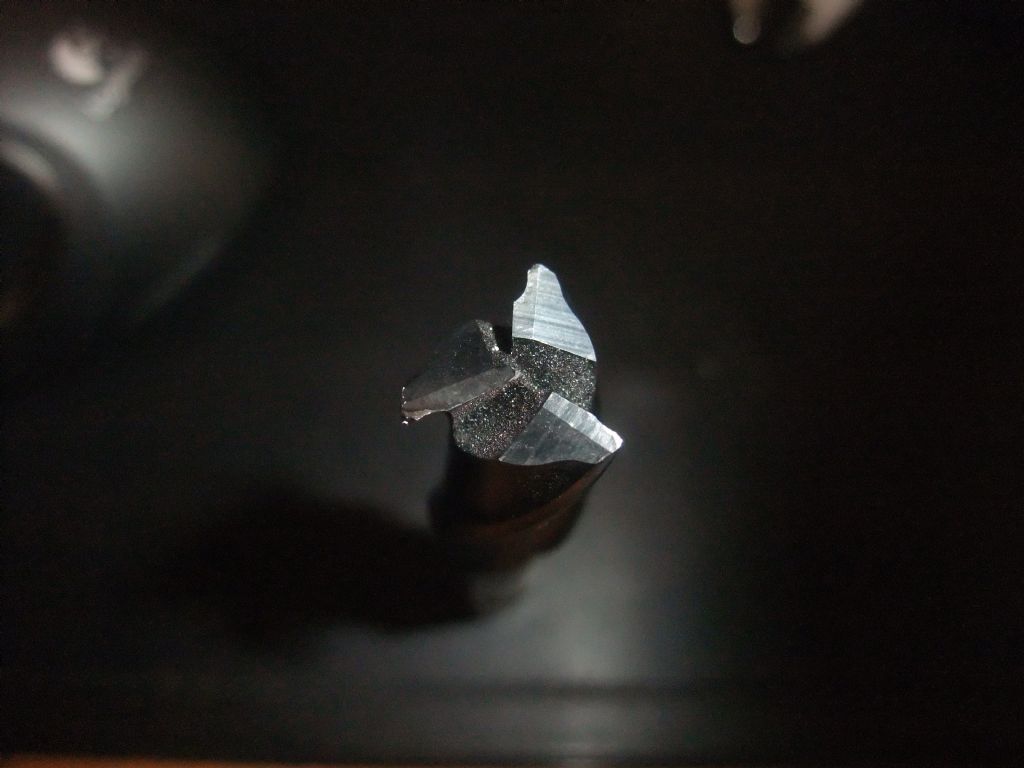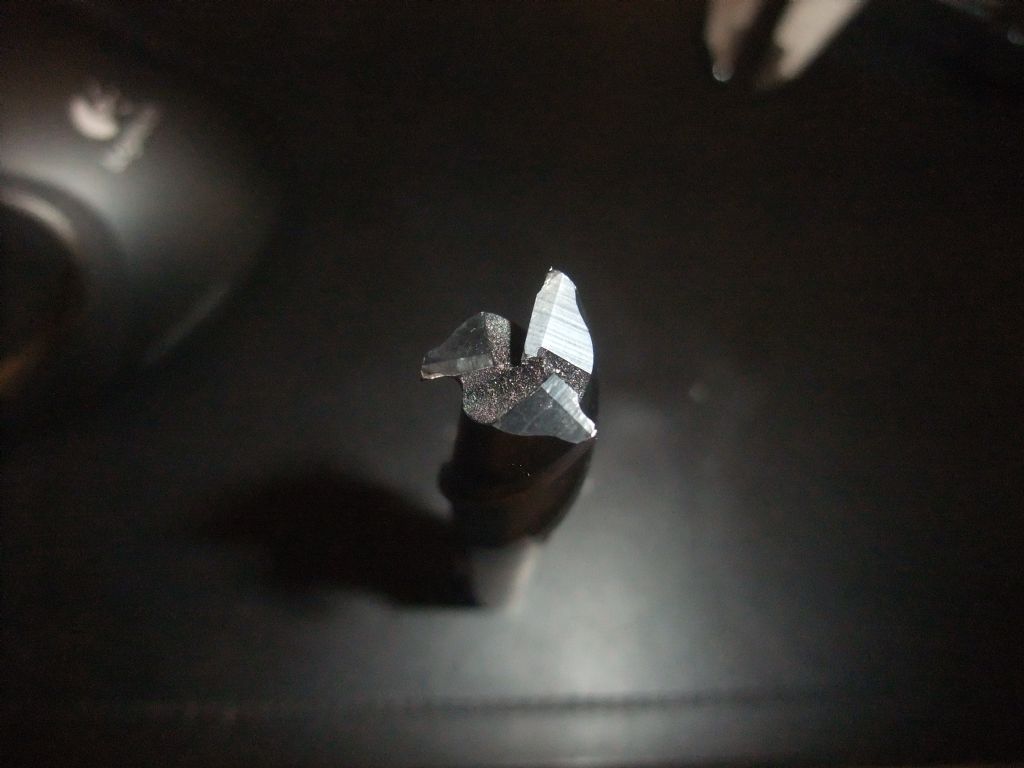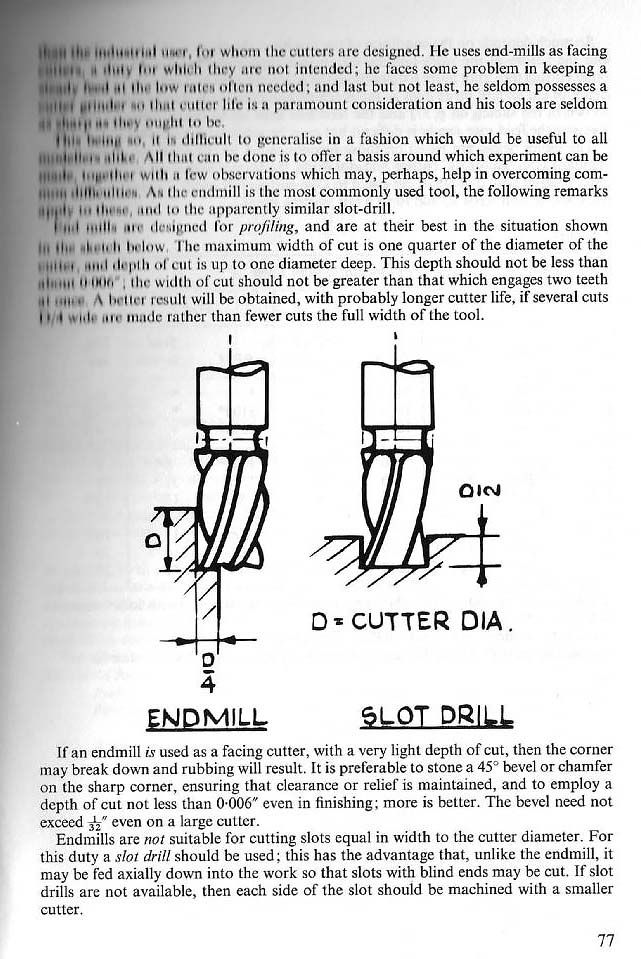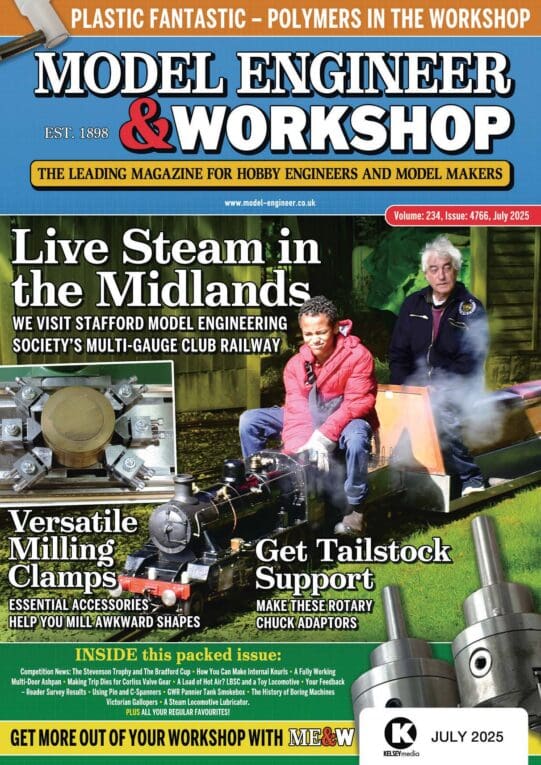Milling – What am I doing wrong
Milling – What am I doing wrong
- This topic has 84 replies, 33 voices, and was last updated 18 March 2017 at 09:29 by
Involute Curve.
- Please log in to reply to this topic. Registering is free and easy using the links on the menu at the top of this page.
Latest Replies
Viewing 25 topics - 1 through 25 (of 25 total)
-
- Topic
- Voices
- Last Post
Viewing 25 topics - 1 through 25 (of 25 total)
Latest Issue
Newsletter Sign-up
Latest Replies
- Bentley BR2 Rotary Aero Engine
- Any ideas how to repair this?
- Speed camera
- Chucking Money Away!
- 2 Machine lights
- Boxford lathe & vertical mill VFD conversion help with start stop
- 1965 Colchester Chipmaster
- Starrett micrometer.
- What Did You Do Today 2025
- Twin Engineering’s heavy mill/drill quill removal










